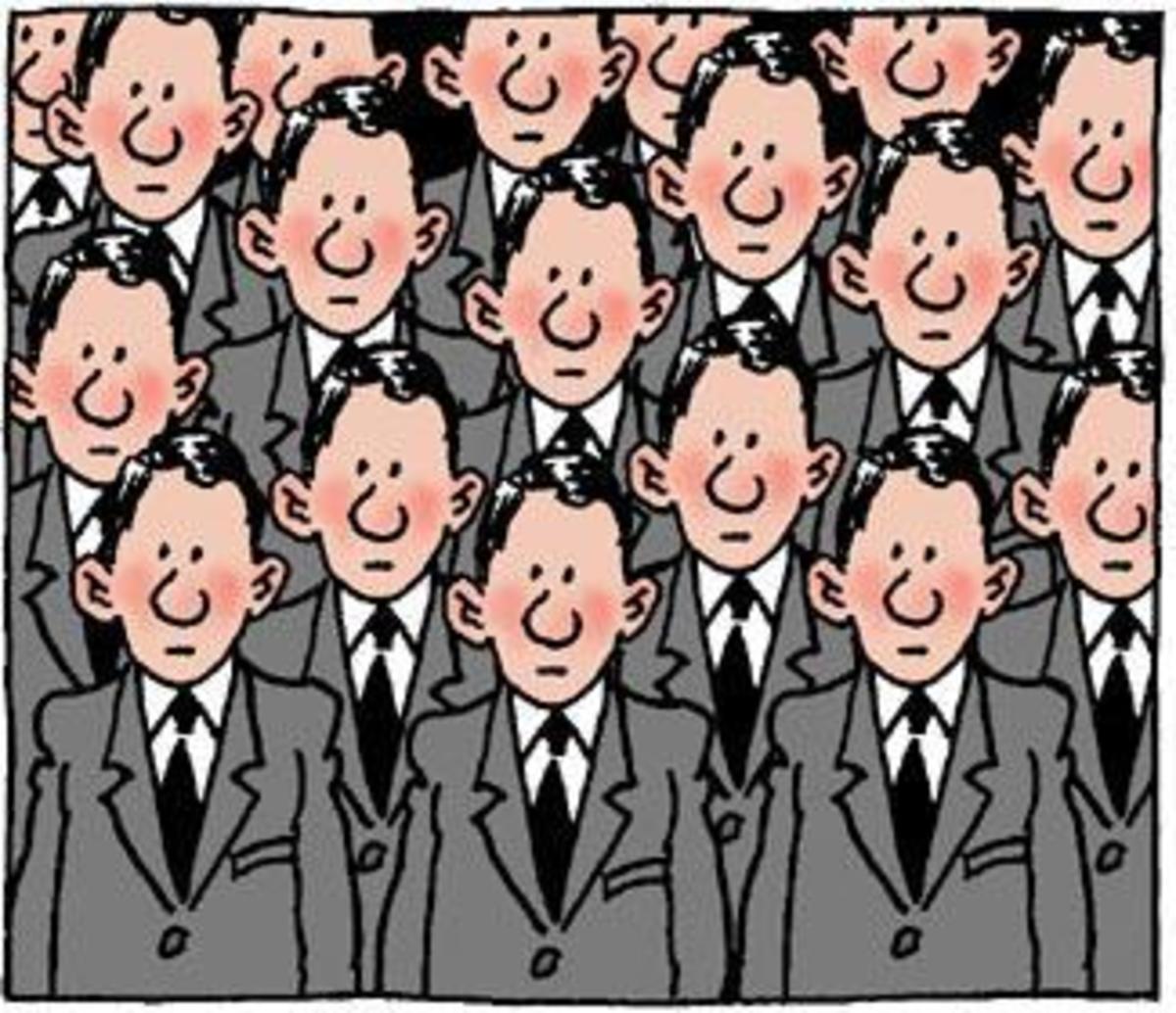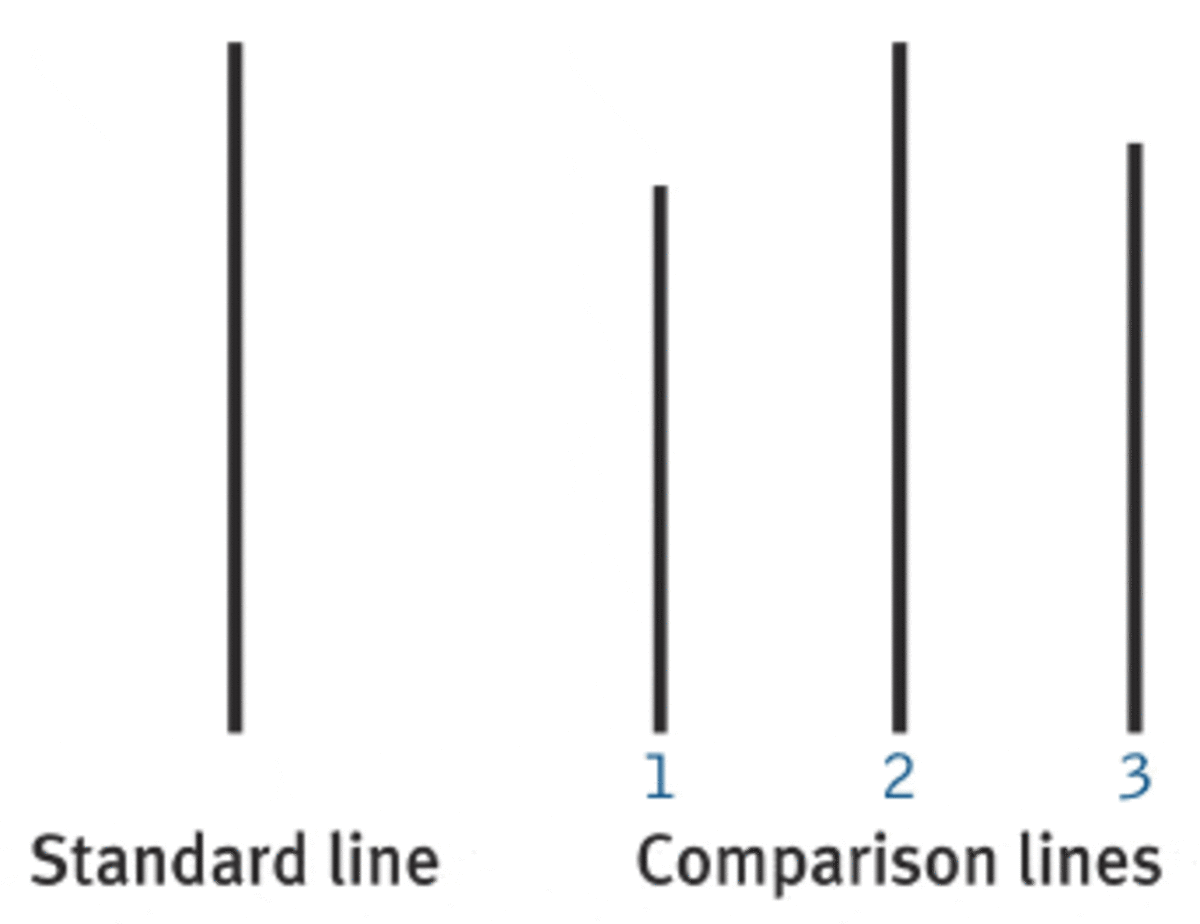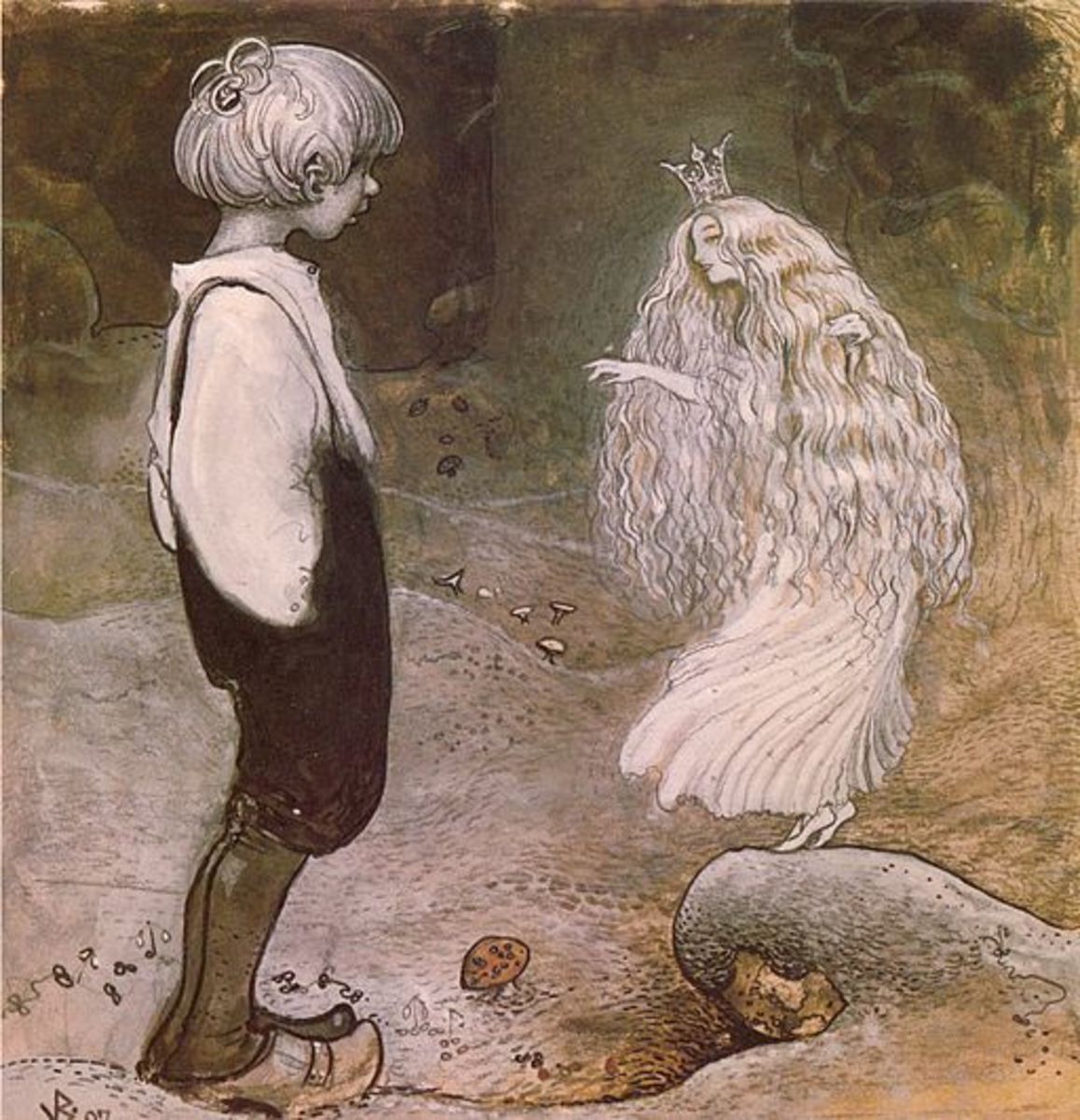Social Psychology: Conformity,Social Cognition, the Psychology of Helping, and Correlational and Experimental Research
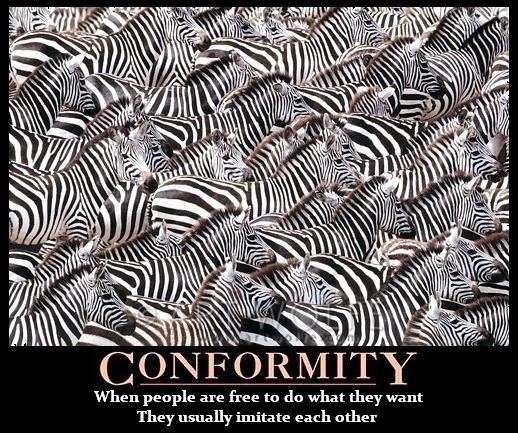
Classic Studies: Conformity
Conformity is “the change in beliefs, opinions, or behaviors as a result of our perceptions about what other people believe or do” (Stangor, 2013, p. 184). People conform for many different reasons such as: to avoid rejection, to fit in with a group, and when a person does not know the correct answer. Muzafer Sherif created a study to test the “outcomes of conformity on the development of group norms” (Stangor, 2013, p. 187). Sherif first had college students enter a dark room with a single non-moving point of light, with only one person in the room at a time, and state how much they believe that light moved. This same experiment was conducted three additional times over three days in groups. Each day the college student’s guesses changed as they conformed to each other; their answers changed from stating that the light moved 3.5 in., 1 in., and .3 in., to agreeing that the light moved about 1 in. with only about 0.3 in. of a difference. When in school, people learn that conformity is often necessary through group projects; when completing a school project there is often no one right answer and yet everyone in the group has to agree to one answer in order to complete the project and have it graded by the teacher. In this situation students are influenced by the social power of the teacher, the risk of a bad grade, how much knowledge each group member has on the subject, being seen as uncooperative, being orchestrated, and being disciplined for disobeying the teacher.
Solomon Asch created his own study on conformity after learning about Muzafer Sherif’s study and concluding that people conformed as quickly as they did because the answer was unclear. Asch created a vision test where he asked male college students in a group composed mostly of experimental confederates, to answer which out of two black lines on a test card were closest in size to the black line on the standard cards; the lines were drawn so that the answer was obvious. The confederates would answer first, and about 76% of the subjects conformed at least once during the experiment and only 24% never conformed. In this situation people conformed because of peer pressure; they gave the answer everyone else did because they did not want to be seen as stupid or different. This experiment seems similar to how people engage in drug use even though they know it is wrong; when people conform in this situation they are often doing it to increase their self-esteem, be seen as part of a group, and/or to not be seen as uncool. Much like the experiment not all people conform when pressured to take drugs, many say no or later decide to stop; in this type of setting people are influenced by the amount of knowledge they have on the effects of drugs, if their culture encourages or discourages conformity, and if they are high enough on the social hierarchy to say no and not be forced into social isolation.
Stanley Milgram designed his own study as well on conforming to authority; he wanted to know if a person would follow the orders of authority to the extent of harming another person. Milgram introduced a research subject and a confederate as both being research subjects to each other. He then explained that one of them would be a teacher and one a student; the research subject was the teacher and the confederate was the student. The teacher would read a list of memory questions and answers to the student and then test the student, if the student got the answer wrong the teacher would give them a shock, each shock would increase per wrong answer and the student would beg the teacher to stop and say that they have heart problems. In the initial study 60% of the teachers conformed to the experimenter’s authority. This experiment is similar to the military when a commanding officer gives an order and, because he/she is considered the main authority, they are obeyed without question. In these cases conformity is influenced by the level of authority, the level of unamity, and psychological reactance.
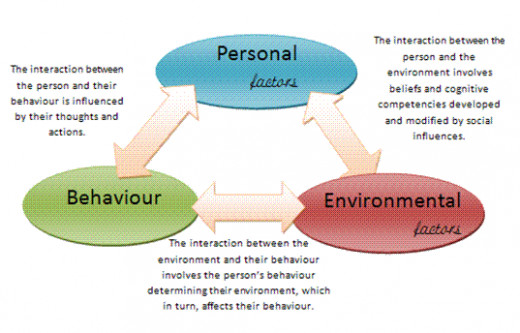
Social Cognition
Social cognition “refers to how we process, store, and use information about other people. In other words, it focuses on understanding how we think about others and how that in turn influences our behavior, feelings, and social interactions”(Cherry, 2012). There are many areas in psychology that fall under social cognition because they influence our judgments and reactions to people, situations, and objects. These areas are: the three main types of learning, assimilation and accommodation, automatic and controlled cognition, and cognitive heuristics.
There are three main types of learning that are a part of social cognition: operant learning, associational learning, and observational learning. These types of learning influence how people react to people and situations. Operant learning is “the principle that we learn new information as a result of the consequence of our behavior” (Stangor, 2013, p. 39).Assimilation and accommodation are both a type of social cognition because they affect how we see people. Assimilation is a “process in which our existing knowledge influences new conflicting information to better fit with our existing knowledge, thus reducing the likelihood of a schema change” (Stangor, 2013, p. 44). Accommodation is “when existing schemas change on the basis of new information” (Stangor, 2013, p. 44). Automatic and controlled cognition are both a part of social cognition because they affect how we think about situations. Automatic cognition is thinking “that occurs out of our awareness, quickly, and without taking much effort” (Stangor, 2013, p. 49). Controlled cognition is “when we deliberately size up and think about something-- for instance another person” (Stangor, 2013, p. 49). Cognitive heuristics are “information-processing rules of thumb that enable us to think in ways that are quick and easy but that may sometimes lead to error” (Stangor, 2013, p. 38).
Social cognition is defined in the textbook as “the mental activity that relates to social activities and helps us meet the goal of understanding and predicting behavior of ourselves and others” (Stangor, 2013, p. 38). Social Cognition affects how people understand, react, and predict people and situations every day. It is important that people know that what they expect and predict will happen is not always what will happen so as to not create self- fulfilling prophecies.
Have you ever been in a situation where you had to decide to help someone or not?
The Psychology of helping
Bibb Lantane and John Darley are two psychologists who decided to explore when and why people do and do not help each other after Kitty Genovese’s death. Kitty Genovese was murdered on March 13, 1964 at 3:00 a.m. by Winston Moseley within a few feet from her apartment building in New York City (Stangor, 2013, p. 254). Kitty repeatedly called out for help and yet no one from the apartment building came to help her and the police were only called after she died (Stangor, 2013, p. 254). This event sparked all sorts of psychological research into the psychology of helping others.
Bibb Lantane and John Darley created the stages of helping model to show what people thought when an emergency happens and what leads them to help or not to help. The model starts with the emergency, in this case Kitty Genovese being attacked. First people need to notice the event; not all of the people in the apartment building may have noticed the event for various reasons. For instance, some of the people may have been in a group together having a party, making it difficult to hear as well as decreasing their level of alertness. The second stage of the model is interpretation; the people who notice the emergency need to interpret it as an emergency. The people in Kitty’s apartment building may have decided not to get involved because they interpreted the event to be a boyfriend-girlfriend fight, Kitty being drunk, two people play fighting, and/or another non-emergency event. The third stage of the model is called assume responsibility. This is when a person decides it is their responsibility to do something. In Kitty’s case a diffusion of responsibility probably occurred, the people in the apartment building probably all knew that there were a good number of people in the building and they all thought that someone else would take responsibility and help Kitty; this caused most people to not take any responsibility for helping Kitty. The fourth and final stage before intervention is when a person decides if they know an appropriate form of assistance. Any of the people who reached this stage of the helping model from Kitty’s apartment building probably did not know how to help nor what to do to help; these few people were probably not policemen, firemen, a paramedic, nor did they know or think that calling the police would help. These different steps in the model of helping show why no one intervened to help or save Kitty besides making a phone call to the police too late to save her life.
Do think correlationas or experimental research is the best way to discover the relationship between smoking and cancer?
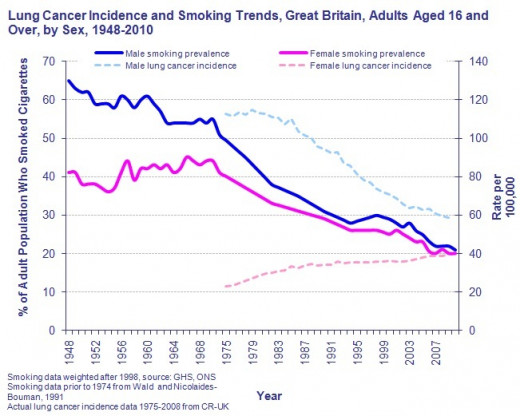
Correlational Research and Experimental Research on Smoking
It has been found that heavy cigarette smoking is associated with lung cancer. The best way to discover if heavy cigarette smoking can cause lung cancer would be to design research studies to prove the matter true or false. I would personally create a correlational study and an experimental research study to learn about the effects that heavy smoking has on the development of lung cancer.
To discover if there is any correlation between heavy smoking and lung cancer I would create a correlational research study. A correlational research study is a study that “tests for statistical relationships between variables” (California State University, 2006). For my study I would run an internet ad asking approximately 100 heavy smokers to contact me with regard to taking part in a research study on the effects of smoking on lung cancer. I would use the Memorial Sloan-Kettering Cancer Center’s definition of a heavy smoker as the criteria for my study; they define heavy smokers as men and women who have smoked at least one pack of cigarettes a day for 20 years (Memorial Sloan-Kettering Cancer Center, 2009). Once I had 100 participants I would ask them to provide medical information from their doctor of what their health was like prior to when they started to smoke. Next I would have all participants examined by impartial doctors to determine if they currently have lung cancer. I would then create an area graph; the x-axis would be labeled patient’s names and the y-axis would be labeled cancer before smoking and cancer after smoking. I would use the color green for if the subject had lung cancer before smoking and red for if the patient developed lung cancer after they began to smoke. I would then create an experimental research study to show if lung cancer is caused or affected by heavy smoking. An experimental research study is an experiment where a researcher manipulates an independent variable to observe the effect on the dependent variable (California State University, 2006). For my experimental research study a person’s smoking habit would be the independent variable and lung cancer would be the dependent variable. I would first put out an ad looking for people who are 30-40 years old who are not heavy smokers and who would be willing to smoke a pack of cigarettes per day for three weeks while being monitored by a doctor. The participants would be examined by a doctor prior to being a part of study and a record of their lung health would be recorded. The doctors would then examine each participant’s health every few days for safety reasons and at the end of three week the doctors would make note of the start or progression of lung cancer and/or any change in overall lung health. The data would then be recorded in two separate graphs, one with the subjects who already had poor lung health prior to the study and one with the subjects who had health lungs prior to the study. Both graphs would be bar graphs with the x-axis labeled with the subject’s names; each name would span two columns, one for before the study and one for after the study. The y-axis would be labeled with the numbers 1-10; this would be a scale of overall lung health, 1 being healthy, and 10 being unhealthy with lung cancer.
After completing both research studies I would examine the data I recovered on both graphs.
I would first examine my area graph from my correlational research study; I would immediately ignore the data I received from the subjects that had lung cancer prior to the study because I would be unable to prove if their smoking was the cause of their lung cancer. If the data showed that at least 60% of the subjects had developed lung cancer after they took up heavy smoking, then I could say that there was a correlation between heavy smoking and lung cancer based on the results of my study. I would then move onto my experimental research study’s results; the bar graph would be able to prove if heavy smoking can lead to a decrease in lung health and the possibility of lung cancer. If at least 60% of the subjects experienced an overall decline in lung health, then I would interpret the results to mean that heavy smoking does affect the lungs and if it can affect the lungs then it can also cause lung cancer.
- Conformity, Information about Conformity
- To Obey or Not to Obey
Military discipline and effectiveness is built on the fondation of obedience to orders. Recruits are taught to obey, immediately and without question, orders from their superiors, right from day-one of boot camp. But, not all orders.
References:
Health. (n.d.). Conformity, Information about Conformity. Retrieved November 27, 2013, from
http://www.faqs.org/health/topics/2/Conformity.html
Powers, R. (n.d.). Military Orders. About.com US Military. Retrieved November 29, 2013, from
http://usmilitary.about.com/cs/militarylaw1/a/obeyingorders.htm
Stangor, C. (2013). Principles of Social Psychology. New York: Flat World Knowledge Inc.
California State University. (2006). Correlational Research. In Research Methods by Dummies.
Retrieved from http://psych.csufresno.edu/psy144/
Content/Design/Types/correlational.html.
California State University. (2006). Experimental Research. In Research Methods by Dummies.
Retrieved from http://psych.csufresno.edu/psy144/
Content/Design/Types/experimental.html.
Memorial Sloan-Kettering Cancer Center. (March 19, 2003). Risk for Lung Cancer Varies
Among Smokers. In Memorial Sloan-Kettering Cancer Center. Retrieved from
http://www.mskcc.org/pressroom/press/risk-lung-varies-among-smokers.

